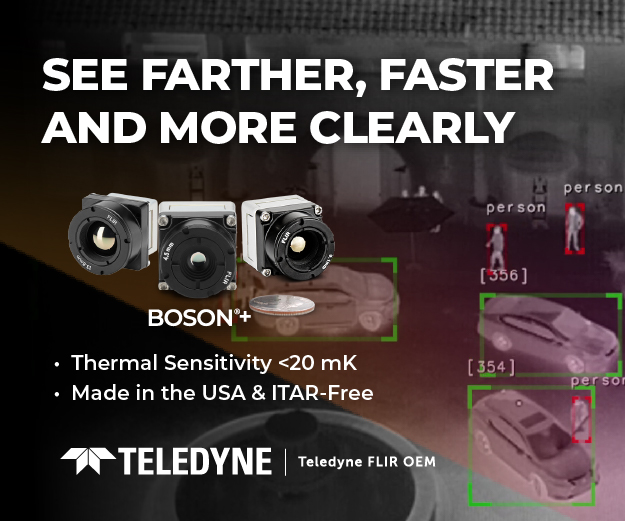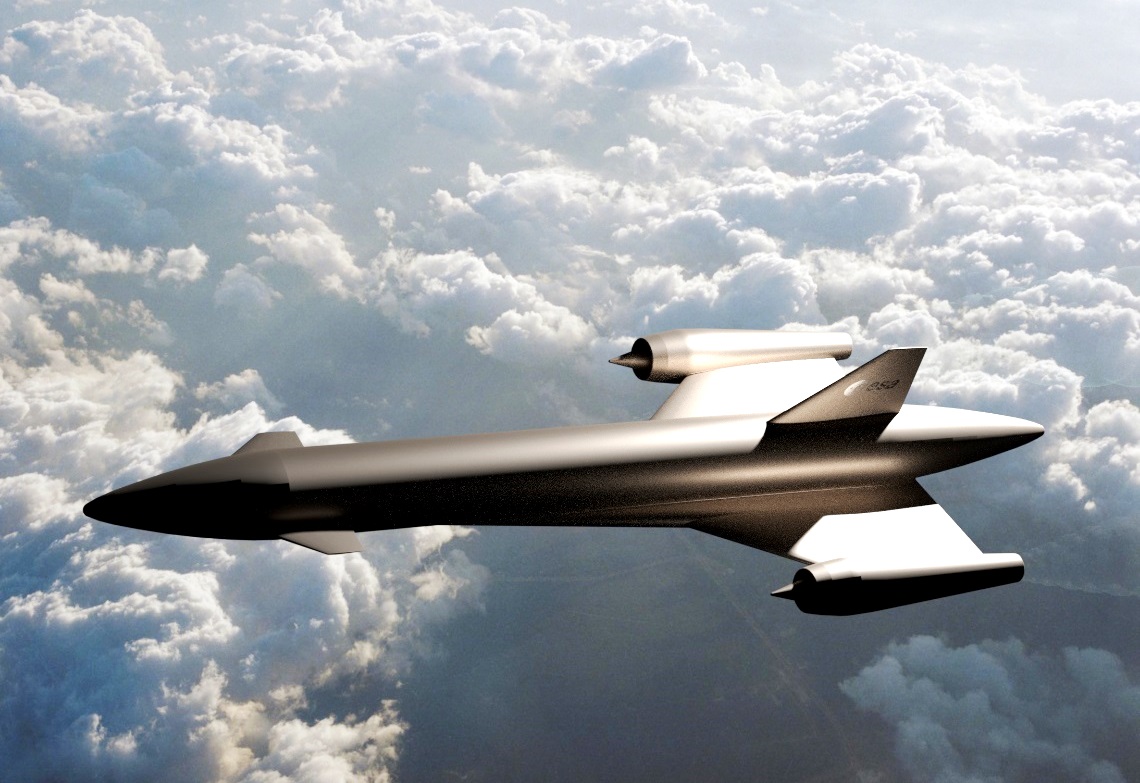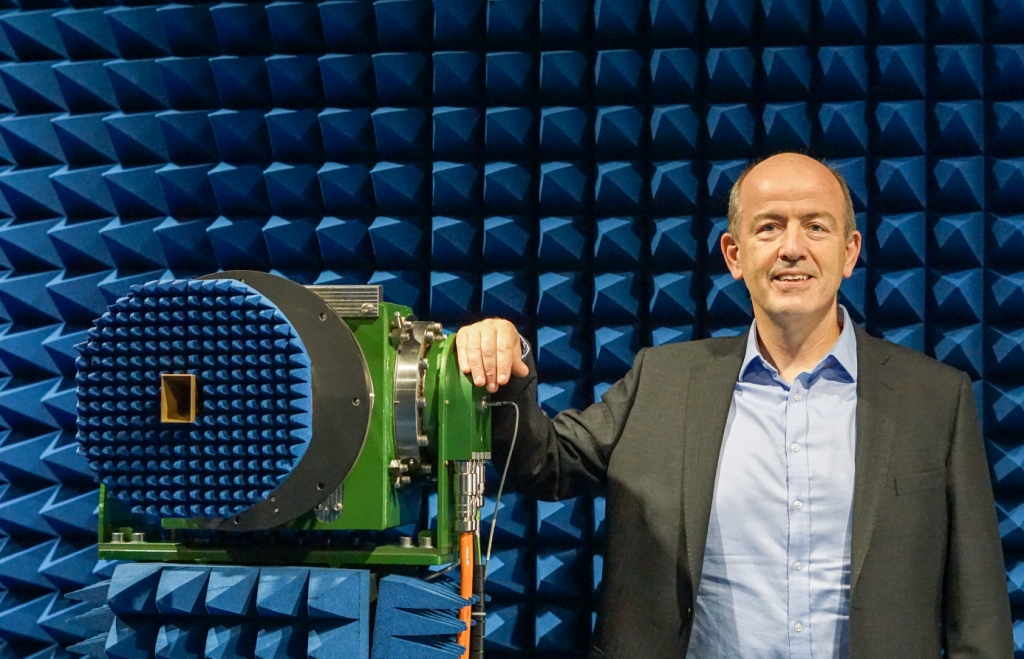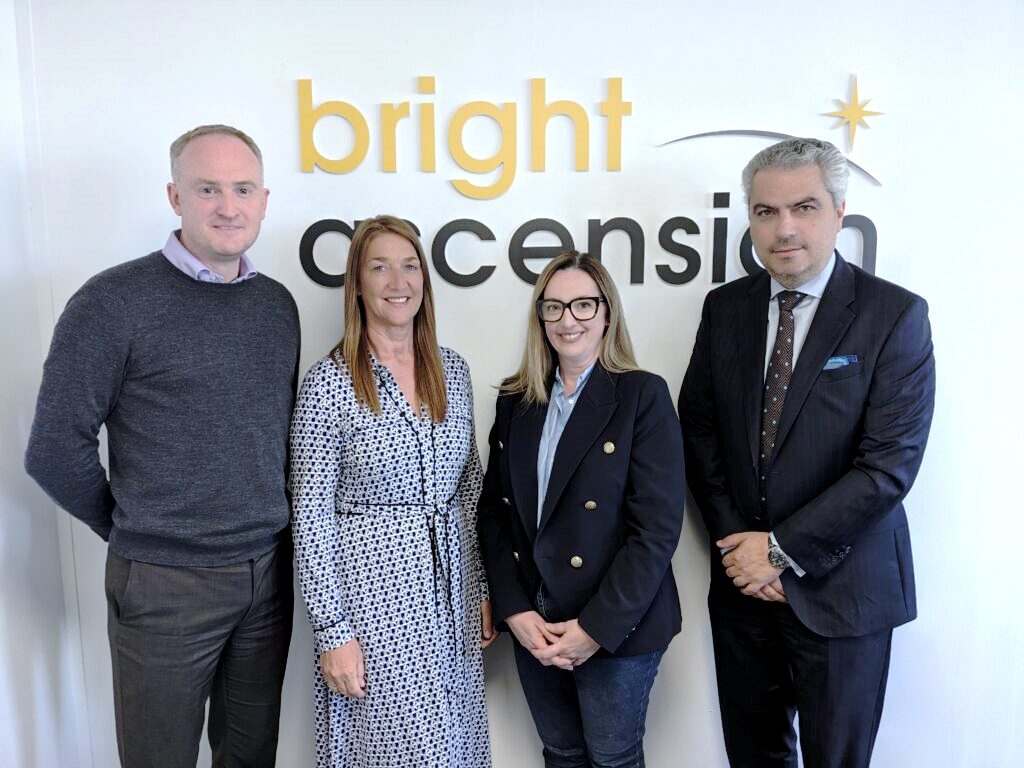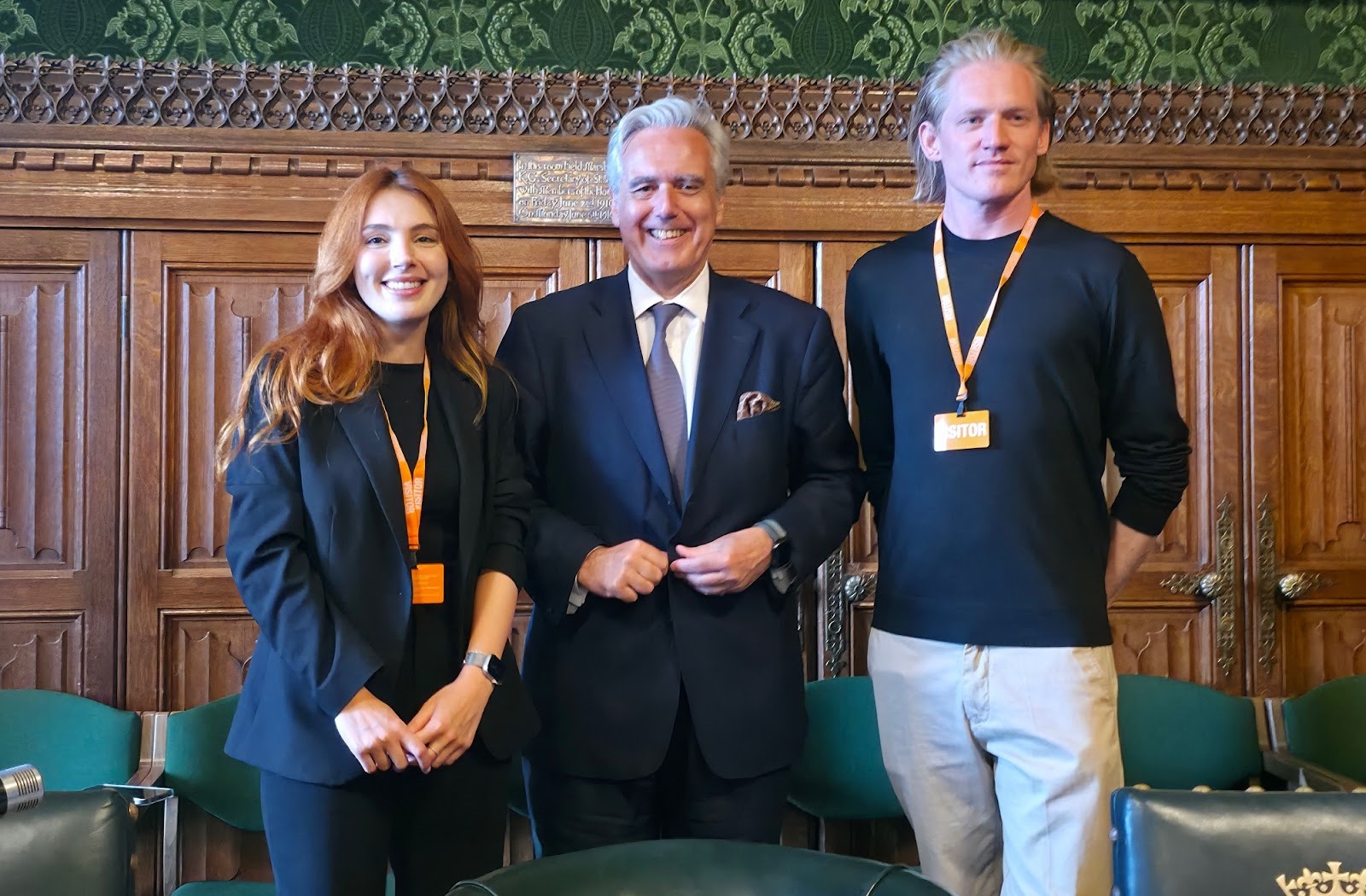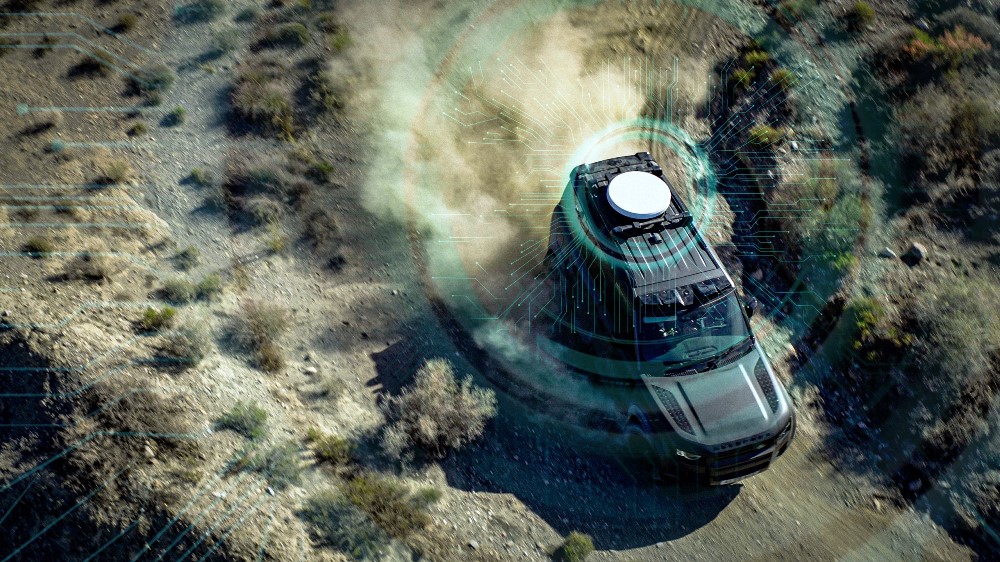Desert trial for ESA Mars rover

Above:
SAFER field test rover.
ESA - Michel van Winnendael
ESA’s most ambitious rover test to date, its remote operations will be overseen from the UK, providing valuable experience for future missions like ExoMars. The test, which is part funded by the UK Space Agency, will start this week and will last five days.
One of the closest terrestrial matches for Mars, Atacama is amongst the driest places on Earth. It lacks any vegetation and even looks similar to Mars with its red–brown soil and rocks.
The aim of the rover test is to build up experience in operating rovers on a planet, which requires a very different way of working from a satellite mission.
For added pressure on the rover’s remote overseers – based at the Satellite Applications Catapult facility in Oxfordshire – each day of the five-day test will be treated as equivalent to two Mars days, or ‘sols’.
For each sol they will first downlink data then prepare a set of commands for the next sol that the rover will then carry out on its own.
The trial is intended to develop technologies and expertise for future Mars missions in general, but for added realism it is using ESA’s 2018 ExoMars rover as its ‘reference mission’.
An early prototype of the six-wheeled ExoMars rover will be put through its paces, fitted with prototypes of three of its scientific instruments: a panoramic camera for stereo 3D imaging, a ground-penetrating radar to probe subsurface geology, and a close-up imager for studying subsurface samples to a resolution of a thousandth of a millimetre.
These three instruments will work together to select a sample site with outcrops of bedrock beside looser material. A human-operated hand drill will gather underground samples for the rover to examine – although this human intervention will remain invisible to the remote operators.
The industrial team performing the testing for ESA is led by the UK Science & Technology Facilities Council’s RAL Space, with subcontractors including Astrium, Aberystwyth University, Joanneum Research in Austria, Space Exploration Institute in Switzerland and SCISYS, with additional support from the Mullard Space Science Laboratory of University College London, the University of Leicester and the LATMOS research lab of the Centre National de la Recherche Scientifique, France.



